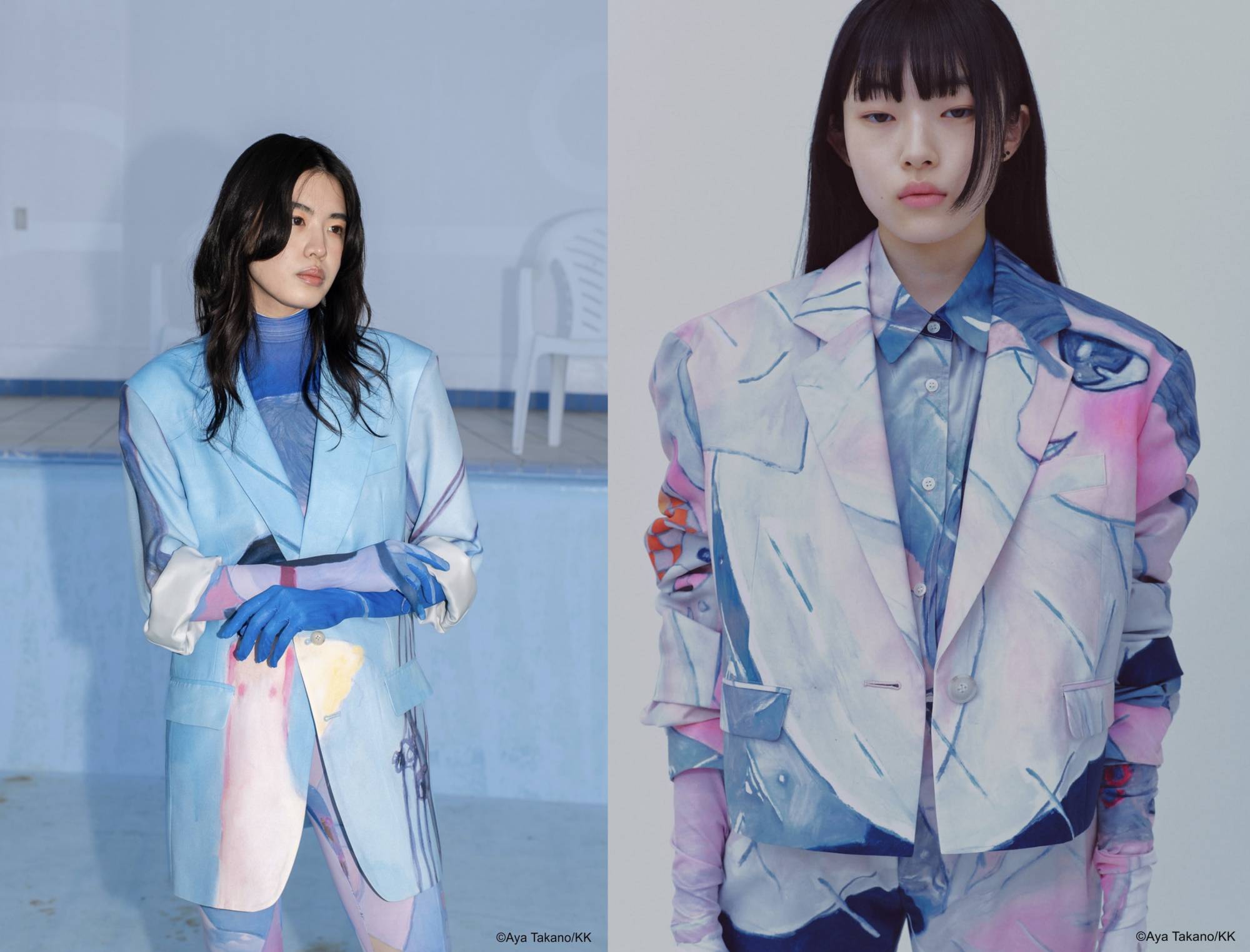Rakuten Fashion Week Tokyo officially ran from March 14 to 19, but with spinoff events such as Shibuya Fashion Week continuing right through the end of March, the once-contained spectacle is rapidly threatening to graduate to a fashion month.
Many of these related events are more closely associated with art than fashion. Shibuya NFT Art Junction highlights digital artwork, while the rather literally named FASHIONART blurs the line between its titular genres.
Despite this, these events are the main draws for members of the general public. This has always been an issue with including those from outside the industry in fashion weeks, as the actual clothes on the runway are for later in the year. The general public, however, is fixated on shopping for next season at the latest.


















With your current subscription plan you can comment on stories. However, before writing your first comment, please create a display name in the Profile section of your subscriber account page.